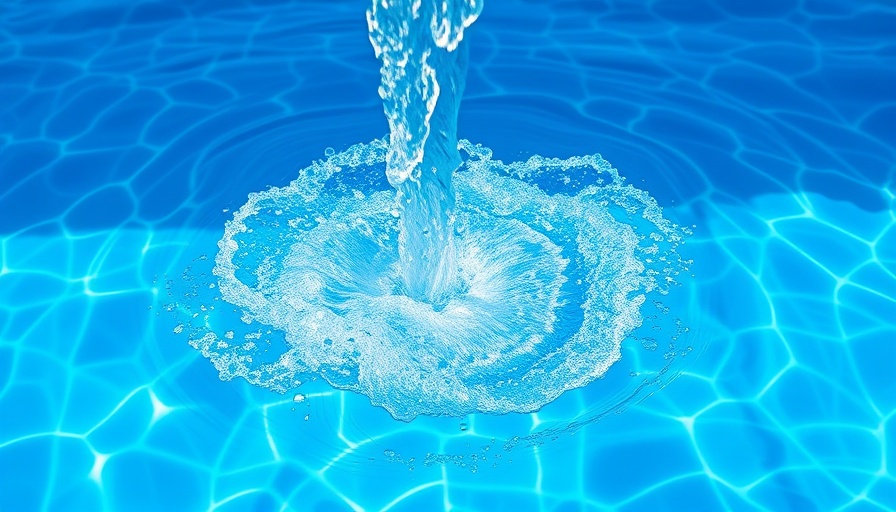
Is Your Pool Pressure Acting Up? Here's How to Diagnose It
As summer hits its stride, the condition of your pool can make or break your backyard enjoyment. If you've noticed murkiness in your water or if your pool jets aren't delivering the same strong flow as before, you might have a pressure issue on your hands. Let’s dive into how to recognize and remedy these problems so you can get back to enjoying your swim time.
Recognizing the Signs of Pressure Problems
The first indications of a pressure issue usually come from the return jets in your pool. If they’re weaker than usual, it could signal a drop in pressure. The best tool for diagnosis is the pressure gauge. Located on your filter system, this small dial shows whether water is circulating properly, indicating either high or low pressure in PSI or bar.
Understanding the Pressure Gauge Readings
Before you can fix anything, it’s essential to know your pool’s normal pressure. Start by ensuring your filtration system is clean—this means a fresh sand bed or a thoroughly cleaned cartridge. Take note of the pressure reading; this will become your reference point.
When observing the pressure gauge reading, here’s what to consider:
- High Pressure: If the needle is above normal, the issue is likely situated after the pump—water may struggle to exit due to a clogged filter, debris, or incorrect valve settings.
- Low Pressure: Conversely, if the needle dips below normal, this indicates trouble pulling water in. Common causes include obstructions at the main drain, debris buildup in baskets, or leaks in the suction line.
- Zero Reading: If your gauge reads zero, it might need replacing. Tap it lightly or cycle the pump; if it remains at zero, it’s time for an upgrade.
How to Fix Common Pressure Issues
Let’s break down some solutions depending on whether your pressure is too high or too low.
-
For High Pressure:
- Ensure that you’ve removed any return plugs from winterizing.
- If using a sand filter, give it a backwash and consider replacing the sand if problems persist.
- For cartridge filters, a proper cleaning or complete replacement may be necessary.
- Lastly, confirm that all valves are fully open, optimizing water flow.
-
For Low Pressure:
- Check your water level; it should reach halfway up the skimmer opening.
- Make sure the pump is filled with water and primed properly.
- Clean out any clogs in the skimmer and pump baskets.
- If leaves are blocking the main drain, switching to skimmer-only mode can help temporarily.
- Tighten pump lids and fittings to rule out potential air leaks.
The Importance of Regular Maintenance
Maintaining your pool's pressure isn't just about aesthetics; it’s crucial for the longevity of your equipment. Failure to address pressure fluctuations can lead to pump damage or even costly repairs. Setting a regular maintenance schedule means monitoring the pressure gauge, checking for leaks, and ensuring cleanliness within your filtration systems. Engaging in seasonal inspections helps maintain a sparkling and healthy pool environment.
What You Can Do Today
Now that you’re equipped with the know-how, go out and check your pool! Regularly catching pressure issues will save you time and money in the long run. After completing maintenance, treat yourself to a refreshing dip—you've earned it!
Moreover, we’re excited to announce our contest to win a heat pump! Explore our offerings and ensure you have the best setup for your outdoor paradise. Protect your investment and enjoy every moment spent by your pool this season!
 Add Row
Add Row  Add
Add 




Write A Comment